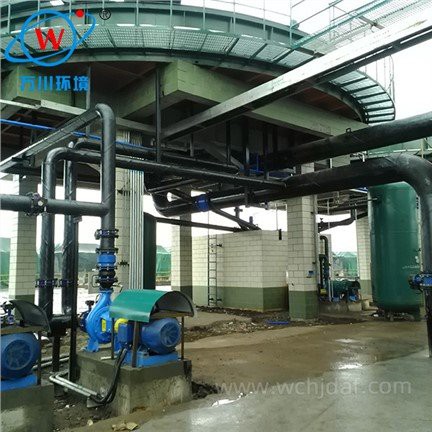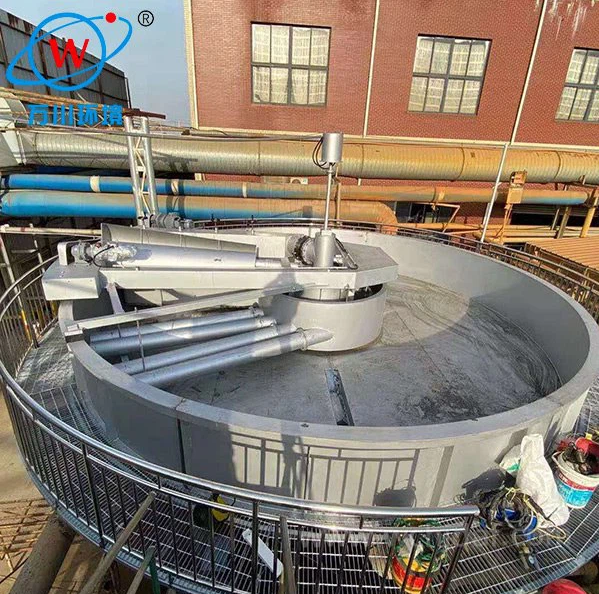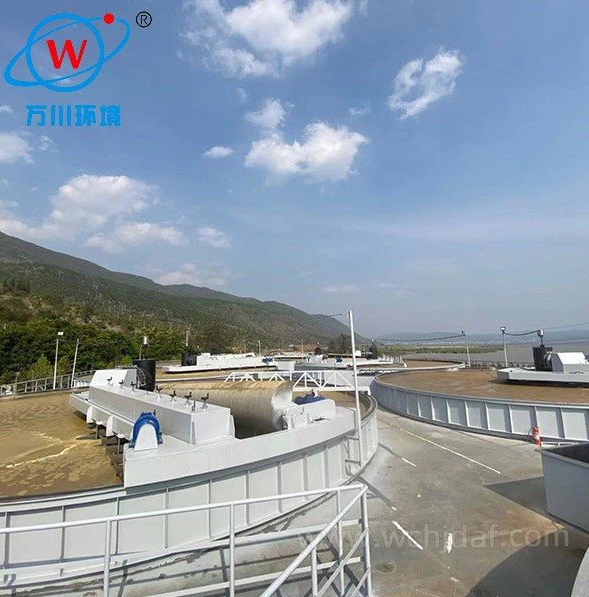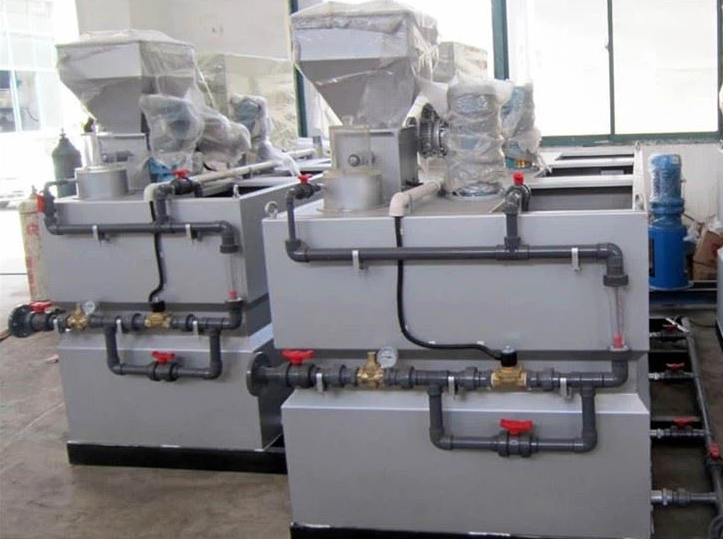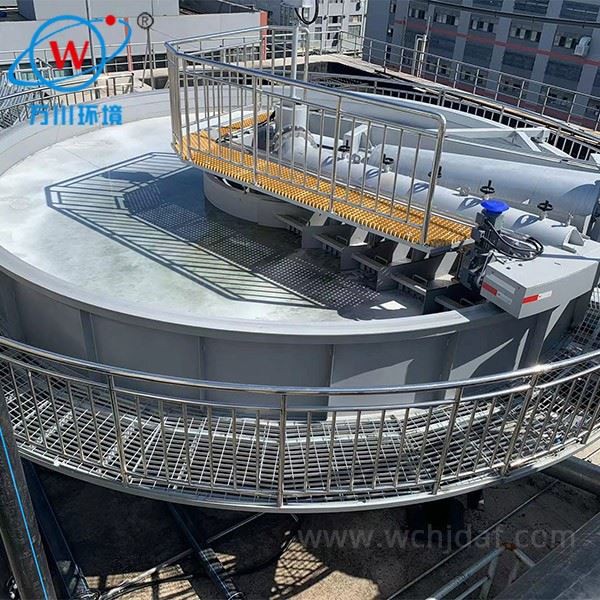Dissolved Air Flotation (DAF) Plant Efficiency
The Dissolved Air Flotation (DAF) plant demonstrates high treatment efficiency, making it a preferred choice in various wastewater treatment applications.
1. Treatment Process Mechanism
Air Bubble Formation
- Recycled treated water saturated with air under pressure
- Pressure release creates microbubbles (30-100μm)
- Bubbles attach to contaminants causing flotation
Contaminant Removal
- Floated material skimmed from surface
-
Typical removal rates:
- 95% of suspended solids
- 90%+ of oils and greases
2. Industry Applications
| Industry | Contaminants Removed | Efficiency |
|---|---|---|
| Food Processing | Fats, oils, organic matter | 90-95% |
| Petrochemical | Hydrocarbons, suspended solids | 85-92% |
| Pulp & Paper | Fibers, colloidal materials | 88-94% |
Example: In meat processing plants, DAF reduces BOD by 75-85%, meeting discharge standards.
3. Operational Advantages
Rapid Treatment
- Retention time: 10-30 minutes
- Compared to sedimentation: 2-4 hours
- Smaller footprint required
Process Flexibility
- Handles variable influent characteristics
- Effective across wide flow ranges
- Adjustable air-to-solids ratio
Space Savings: DAF systems require 40-60% less space than conventional settling tanks.
4. Performance Comparison
| Parameter | DAF System | Conventional Sedimentation |
|---|---|---|
| Treatment Time | 10-30 min | 2-4 hours |
| Footprint | Compact | Large |
| Oil/Grease Removal | 90%+ | 60-75% |
| Sludge Concentration | 4-6% solids | 1-3% solids |
Maintenance Benefit: DAF produces drier sludge (30-50% less volume), reducing disposal costs.

